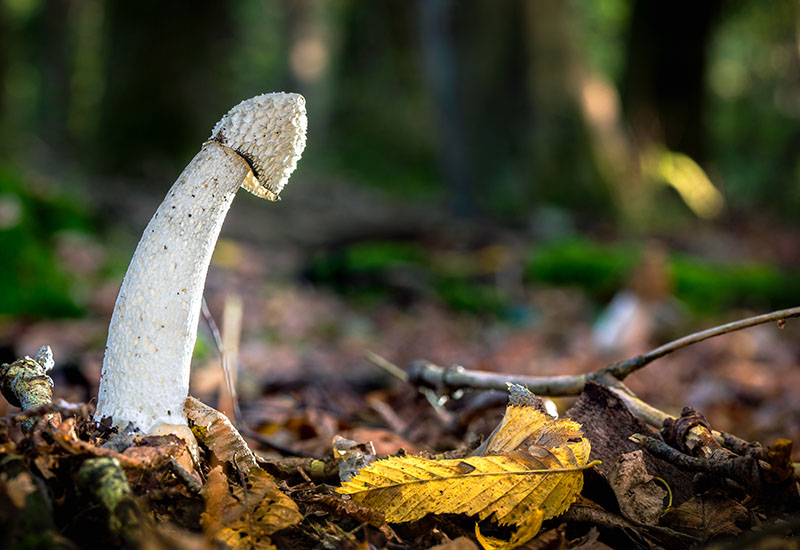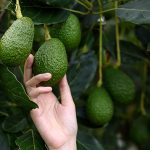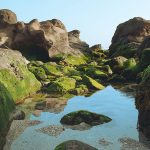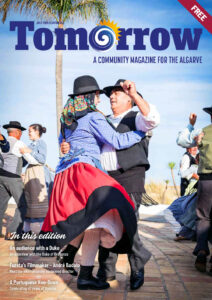There are about 144,000 species in the fungus kingdom, including yeasts, moulds, mildews, rusts and mushrooms.
Fungi are of great environmental and economic importance as they are used for making foods such as bread and cheese, drinks including beer and wine, and also antibiotics, as well as being efficient decomposers in the natural world. They differ from plants as they lack chlorophyll which is used to make food from the sun’s energy. Instead, fungi secrete enzymes from tiny threads or hyphae, which break down the food externally before absorbing the nutrients.
Earlier in the year, we put some horse manure on our vegetable patch and rotavated it in. As a result of the cooler damper evenings, I have had an explosion of all sorts of fungal fruiting bodies in the beds, which are truly amazing. I have spent a bit of time playing detective identifying the types of fungus and there are two species which ordinarily you probably wouldn’t give a second glance to that I’d like to share with you.
The first is the aptly named petticoat mottlegill (Panaeolus papillionaceus), which is a delicate-looking conical-shaped mushroom with tiny white veil fragments that hang from the edge of the cap. It has a dark brown, slender stem and grows about eight centimetres tall. It is inedible, like most mushrooms found growing with horse manure and can be easily confused with very poisonous similar-looking mushrooms, so beware.

The other mushroom I found growing in huge quantities is the bird’s nest fungus which is a tiny little cup no bigger than a little fingernail growing flat on the ground in groups. When it is mature, the top of the cup comes off, revealing six to eight tiny little grey egg-like structures, which I found mesmerising. Apparently, when it rains, the raindrops fall into the cup and splash out the eggs, which are flung over a metre away. A tiny thread about five centimetres long comes out of each egg and will then attach itself to something such as a blade of grass or a twig. Here the egg dries out and then releases the fungal spores.

I’ve had other interesting fungi in my garden, too, including the stinkhorn (Phallus impudicus), which has a very pungent odour of rotting flesh that I can smell from twenty metres away. It starts off as a scaly egg-like structure from which the stalk and bell-shaped head emerge. When fresh, the head is covered in an olive-green slime which contains the spores. Flies find it irresistible and will eat it, thus aiding spore dispersal. As the slime is eaten, a white honeycombed cap is revealed underneath. I’ve also been lucky enough to have had a red cage (Clathrus ruber) growing in some gravel. It has an unmistakable look and resembles a small red lattice globe with foul-smelling slime inside – not dissimilar to the stinkhorn in scent and purpose.


As I started talking about some fungi associated with horse manure in my vegetable patch, I shall conclude with the aptly named horse-dropping fungus (Pisolithus arrhizus), which is inedible. This is a type of puffball and as it matures, it becomes a mass of brown powdery spores. I have seen it a lot in the Algarve when out walking in the countryside – it cannot be mistaken for anything else and usually sparks an interesting conversation.

Tamsin Varley is a member of Clube Dos Bons Jardins, a small, friendly multi-national garden club that meets at different locations around the Algarve on the 2nd Tuesday of every month (except over the summer) with an optional lunch afterwards.
Photos © Tamsin Varley
Main photo by www.freepik.com/author/wirestock













